CHENGDU, CHINA—Xinhua News Agency reports that a cluster of boat-shaped coffins has been discovered at a construction site in southwest China. The cemetery is thought to have been used some 2,200 years ago by people of the Shu culture who may have operated nearby salt wells. Archaeologists led by Gong Yangmin of the Chengdu Cultural Relics and Archaeology Institute estimate that there are 60 coffins in the cemetery, laid out in four rows. Forty-seven of them have been excavated so far. Two of the burials were exceptionally well preserved: One contained 10 bamboo baskets filled with grain, and the tomb’s occupant wore a string of glass beads at the waist. “Glass beads like dragonfly eyes were exotic at the time,” said Gong. “They were probably imported via the Silk Road.” The coffins were carved from a durable wood known as nanmu, which comes from evergreen trees and was used to construct actual boats as well. More than 300 artifacts, made from pottery, bronze, iron, and bamboo, have also been recovered. For more, go to “China’s Legendary Flood.”
Boat-Shaped Coffins Unearthed in China
News February 8, 2017
Recommended Articles
Features November/December 2024
The Many Faces of the Kingdom of Shu
Thousands of fantastical bronzes are beginning to reveal the secrets of a legendary Chinese dynasty
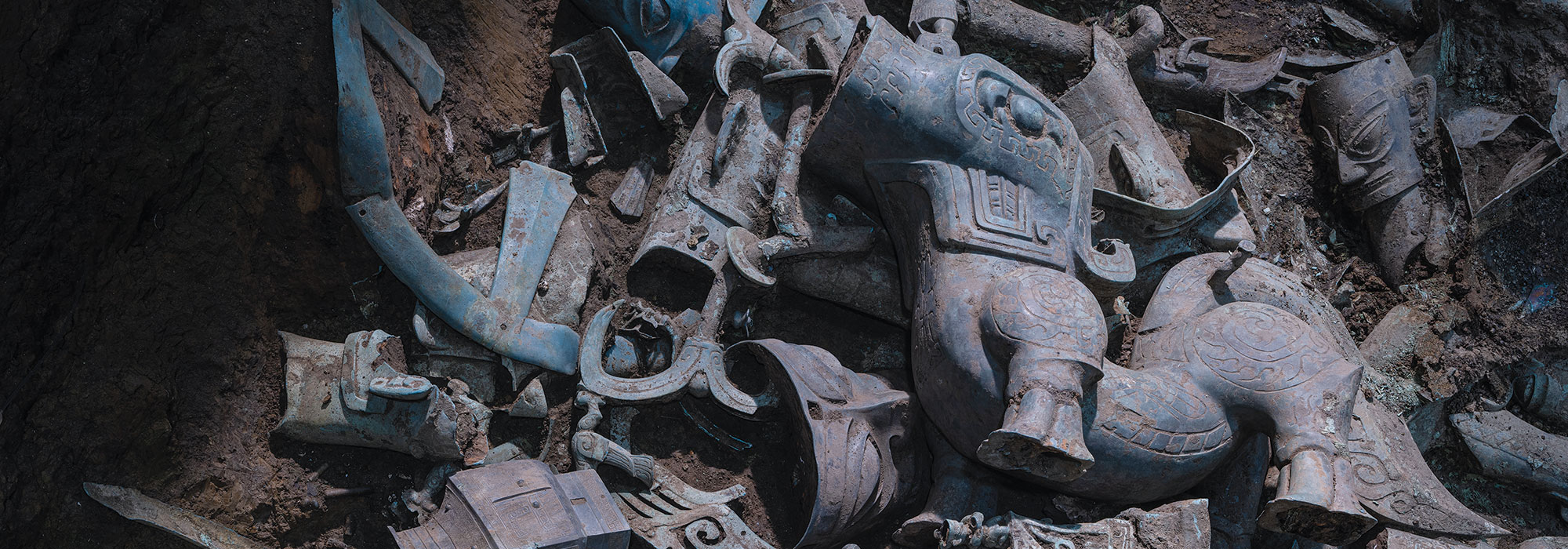
Digs & Discoveries May/June 2024
Hunting Heads
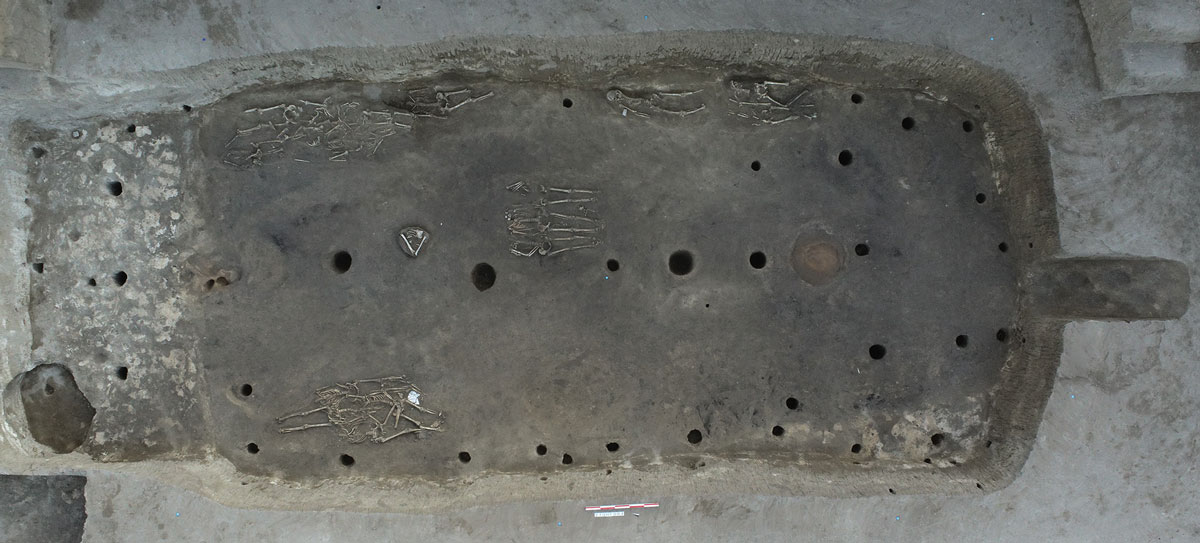

Features November/December 2023
China's River of Gold
Excavations in Sichuan Province reveal the lost treasure of an infamous seventeenth-century warlord
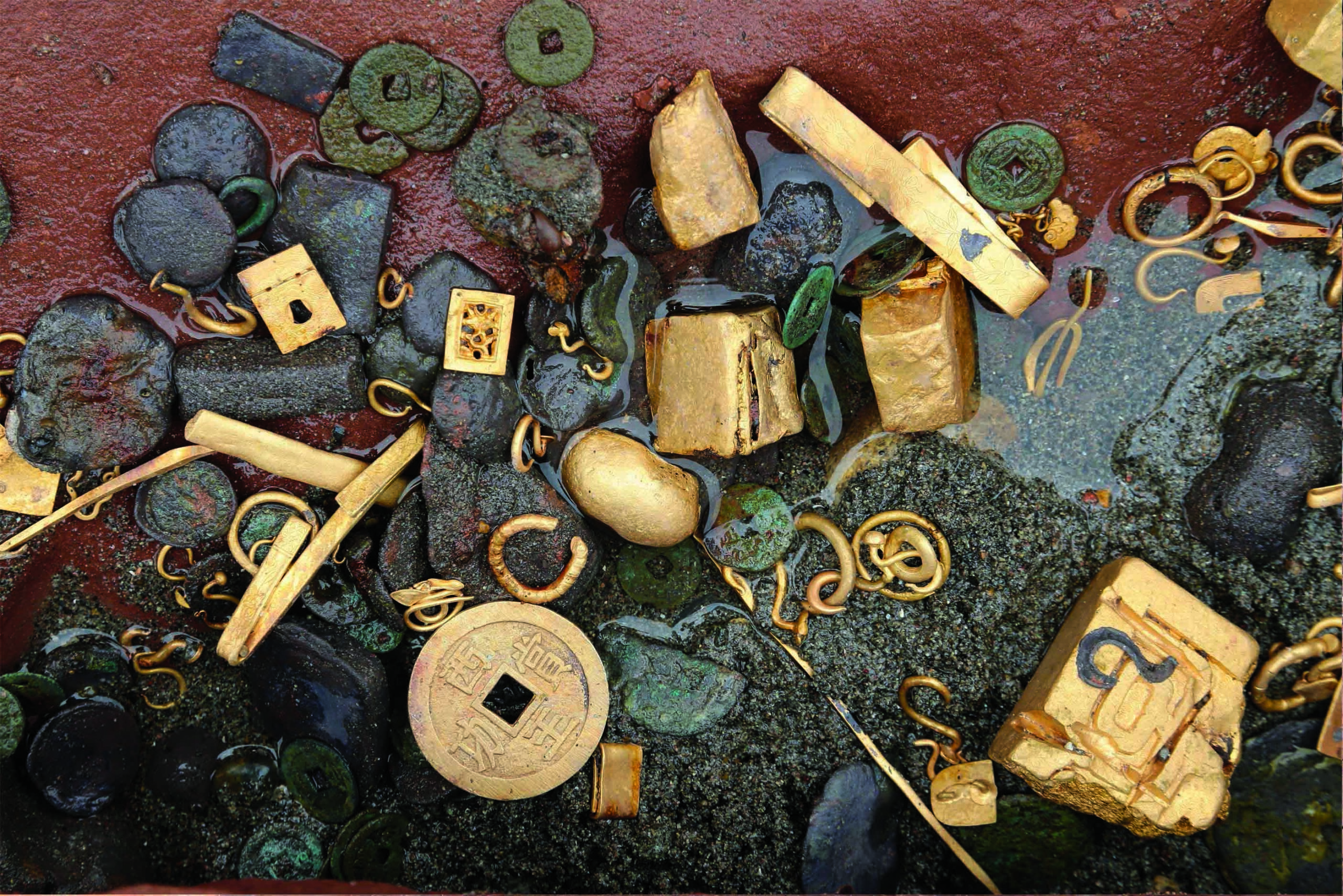
-
Features January/February 2017
Top 10 Discoveries of 2016
ARCHAEOLOGY’s editors reveal the year’s most compelling finds
 (Image Courtesy Brett Seymour, EUA/WHOI/ARGO)
(Image Courtesy Brett Seymour, EUA/WHOI/ARGO) -
Features January/February 2017
Hoards of the Vikings
Evidence of trade, diplomacy, and vast wealth on an unassuming island in the Baltic Sea
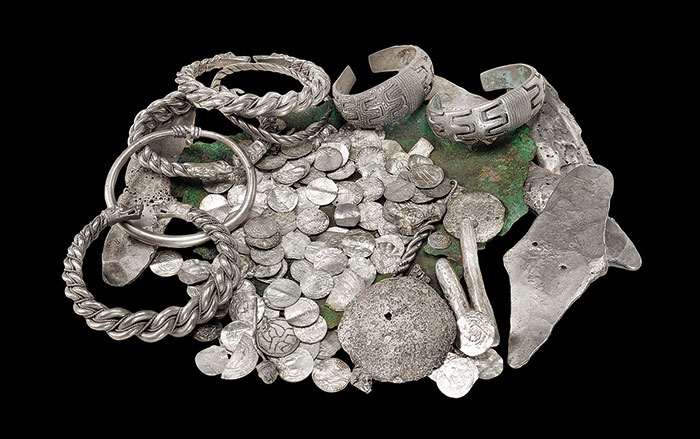 (Gabriel Hildebrand/The Royal Coin Cabinet, Sweden)
(Gabriel Hildebrand/The Royal Coin Cabinet, Sweden) -
Features January/February 2017
Fire in the Fens
A short-lived settlement provides an unparalleled view of Bronze Age life in eastern England
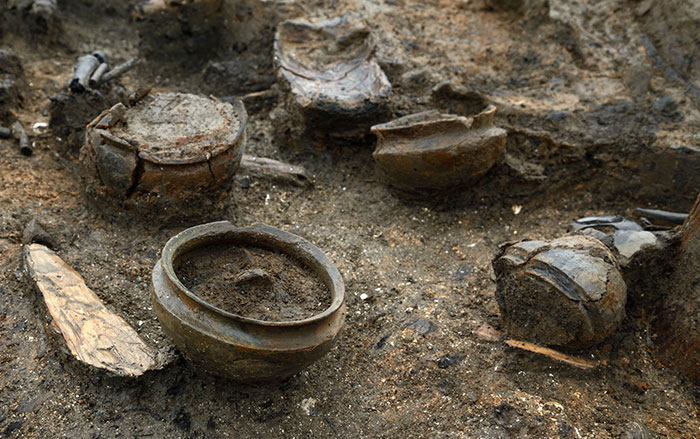 (Courtesy The Cambridge Archaeological Unit)
(Courtesy The Cambridge Archaeological Unit) -
Letter from Laos January/February 2017
A Singular Landscape
New technology is enabling archaeologists to explore a vast but little-studied mortuary complex in war-damaged Laos
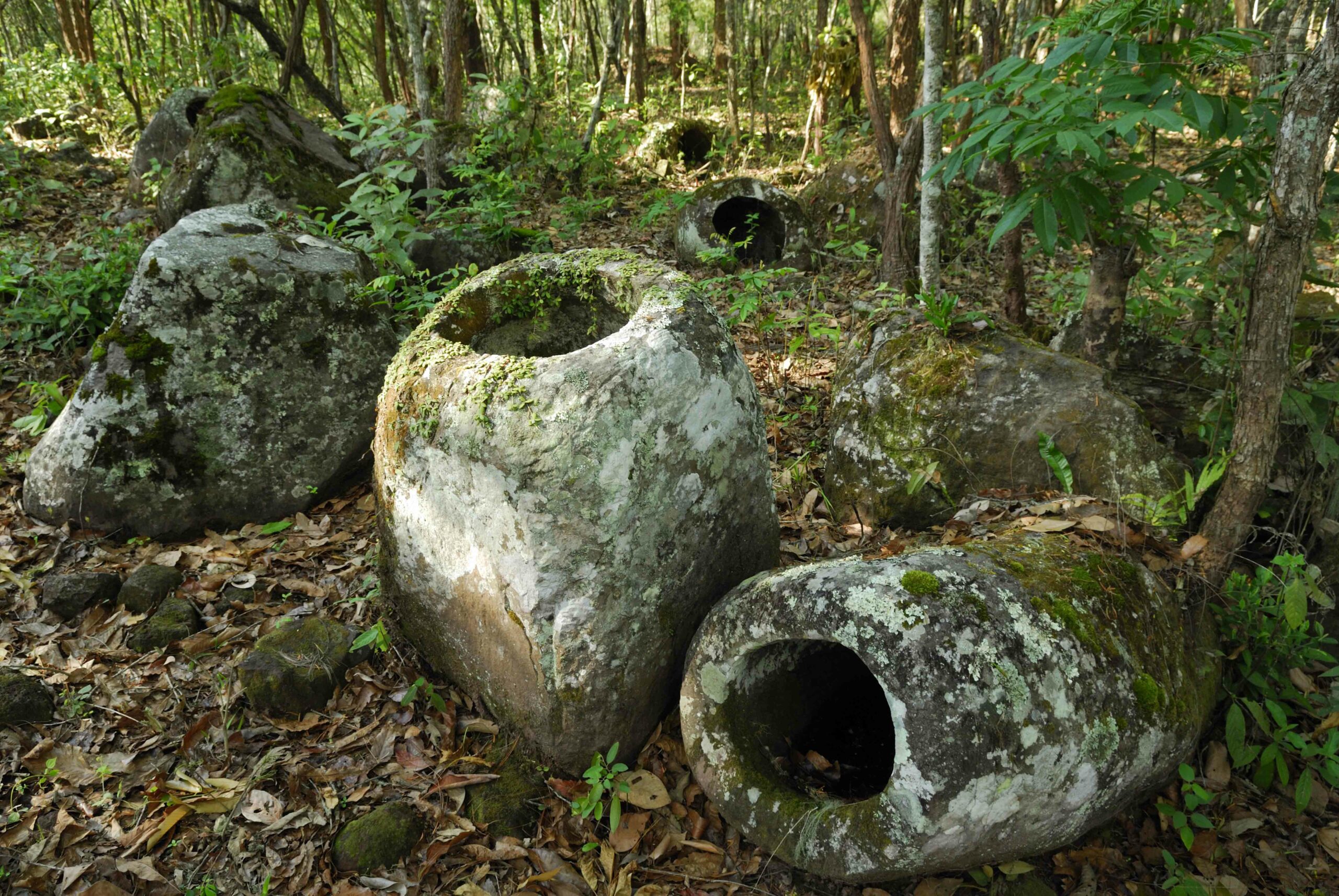 (Jerry Redfern)
(Jerry Redfern)



